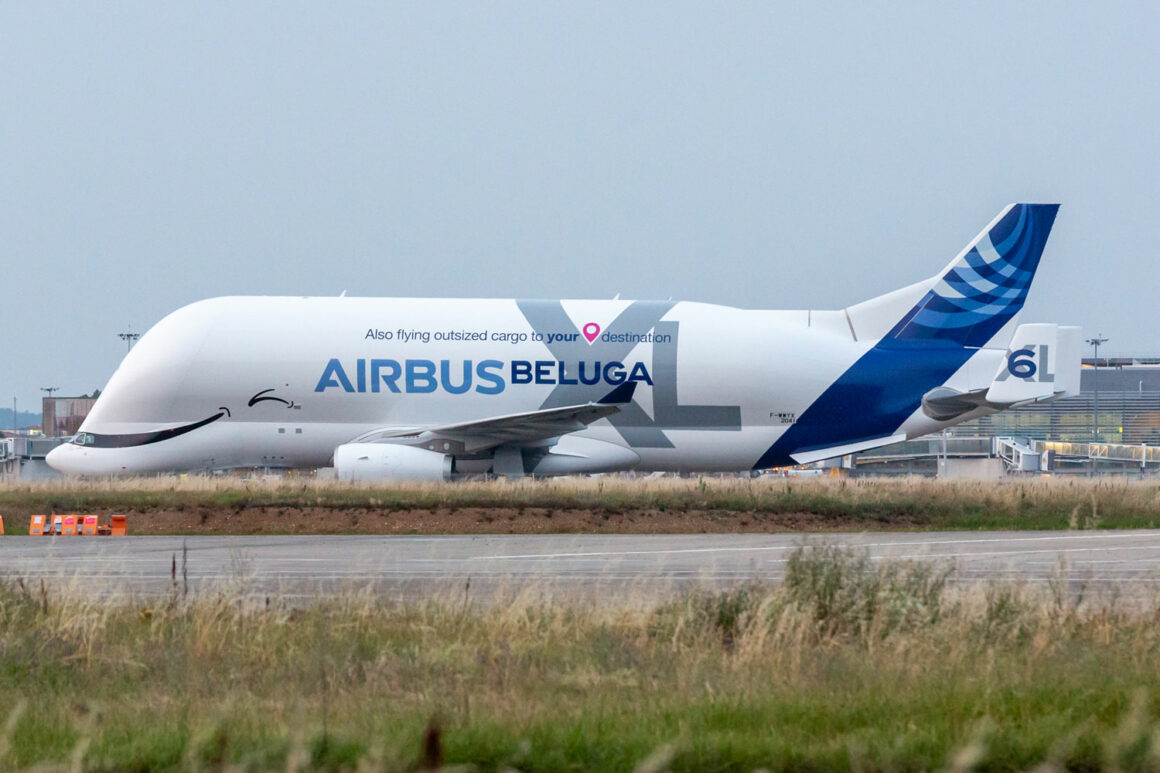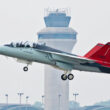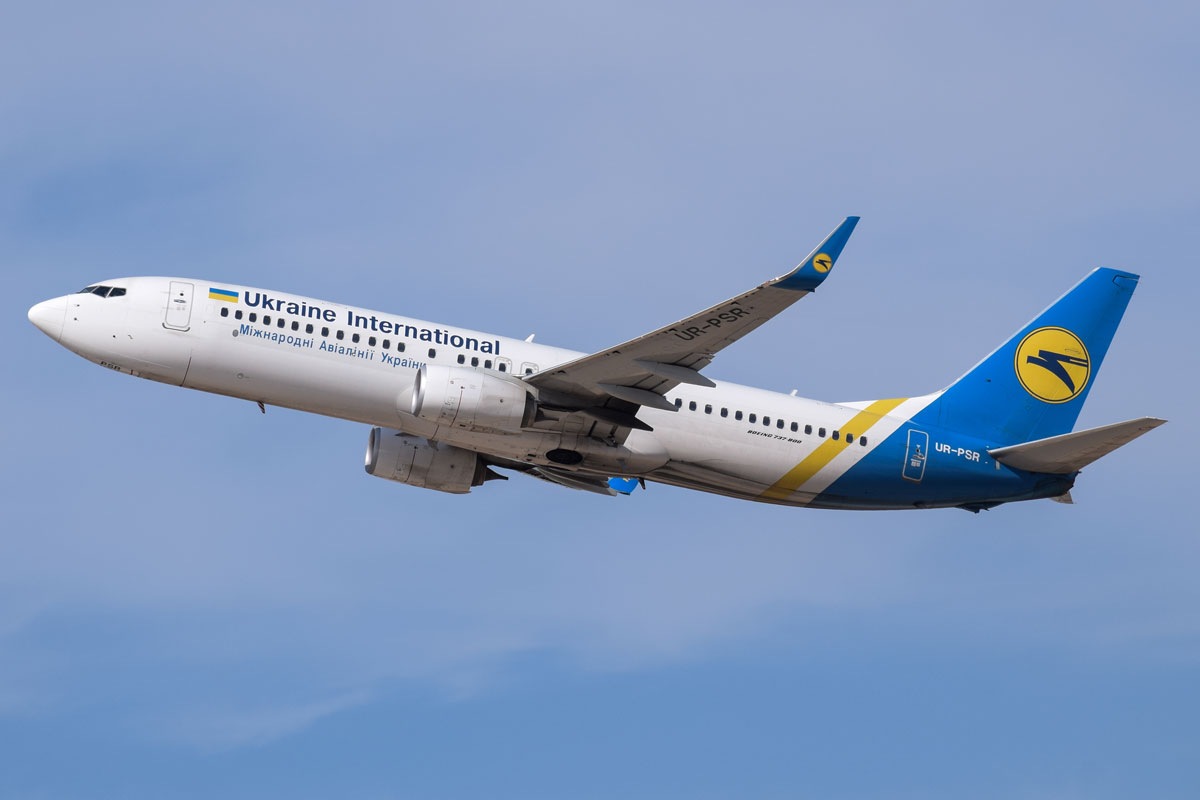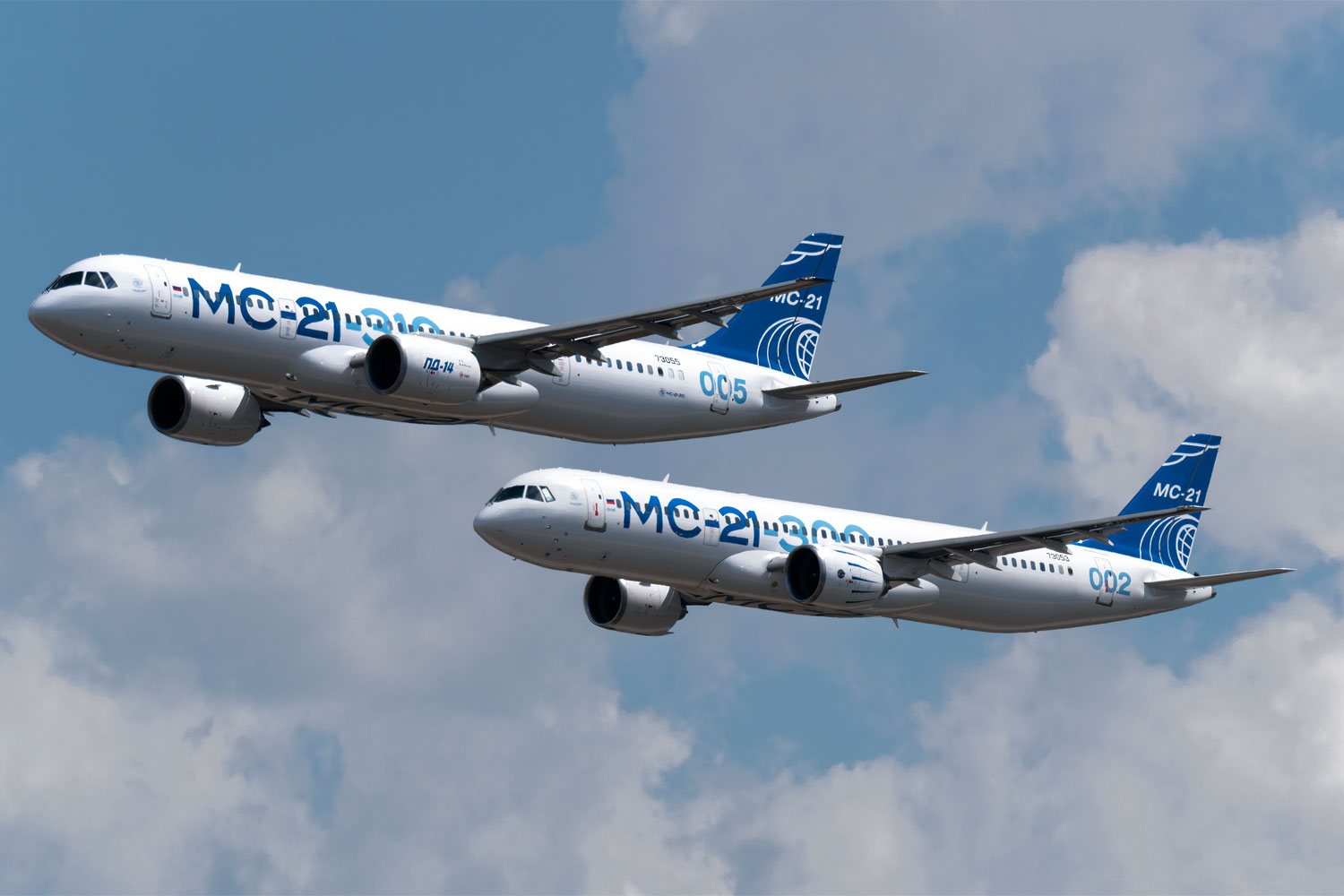Airbus unveils on its Twitter the sixth and final aircraft of the Beluga XL freighter assembled at the plant in Toulouse, France. The highlight of the jet is the special painting entitled to a “wink” on the left side of the fuselage, which is customized just like the species of whale that inspired the name of the aircraft.
Built on the A330-220 jetliner platform, the Beluga XL is the successor to the Beluga ST, the exotic cargo jet that Airbus designed to transport aircraft components under construction between its factories across Europe.
Follow ADN: Instagram | Twitter | Facebook
The new generation model has a load capacity 30% higher than the first Beluga, which is based on the old A300.
The Beluga XL entered service in the European aerospace group’s logistics chain in February 2021. At 63 meters long and 8 meters wide, the new Beluga is the plane with the largest cargo compartment in the world.
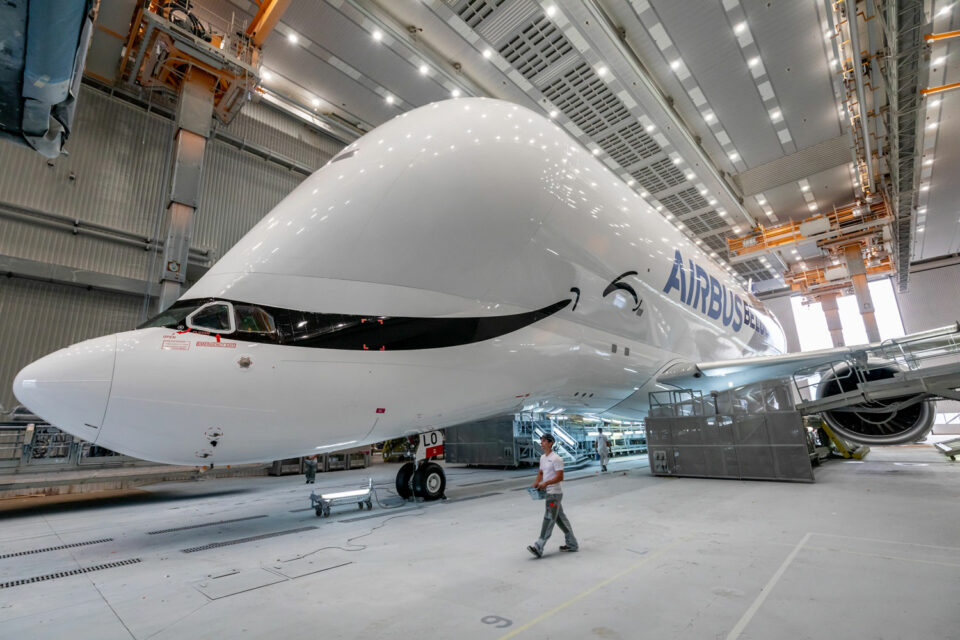
According to the manufacturer, the model can carry two wings of the A350 XWB, while the BelugaST carried only one. With a maximum payload of 51 tonnes, the freighter has a range of 4,000 km.
Most popular posts
[wpp range=’last24hours’ wpp thumbnail_width=100 thumbnail_height=75 limit=3 stats_views=0 order_by=’views’]Beluga XL number 6 will still be prepared for its first flight, which should take place in the next few days. The aircraft is expected to join the Airbus Transport International fleet in the second half.
Super transporter
The Beluga XL program was launched in November 2014 to meet Airbus’ new logistic transport requirements. The aircraft’s special shape with a large cargo door above the flight deck allows the boarding of entire wings and large sections of fuselages.
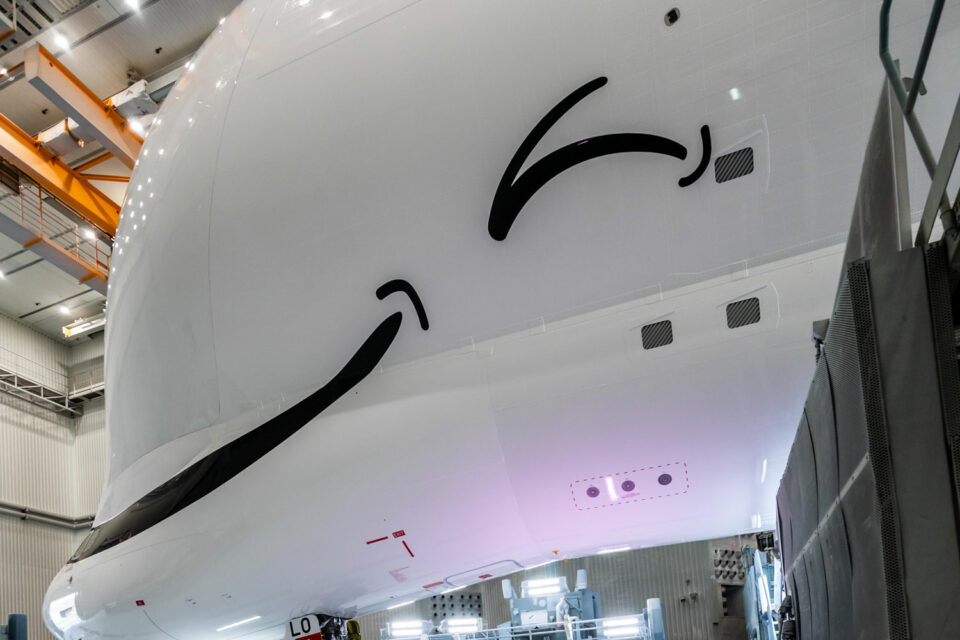
Before transporting bulky components with the Beluga ST, Airbus fulfilled this same task with a fleet of Super Guppy, a four-engine turboprop freighter developed by Boeing in the 1960s.
Due to the development of aircraft with increasingly larger parts, it was necessary to have a freighter with a more spacious cargo compartment, a situation that was repeated again with the BelugaXL requirement.

